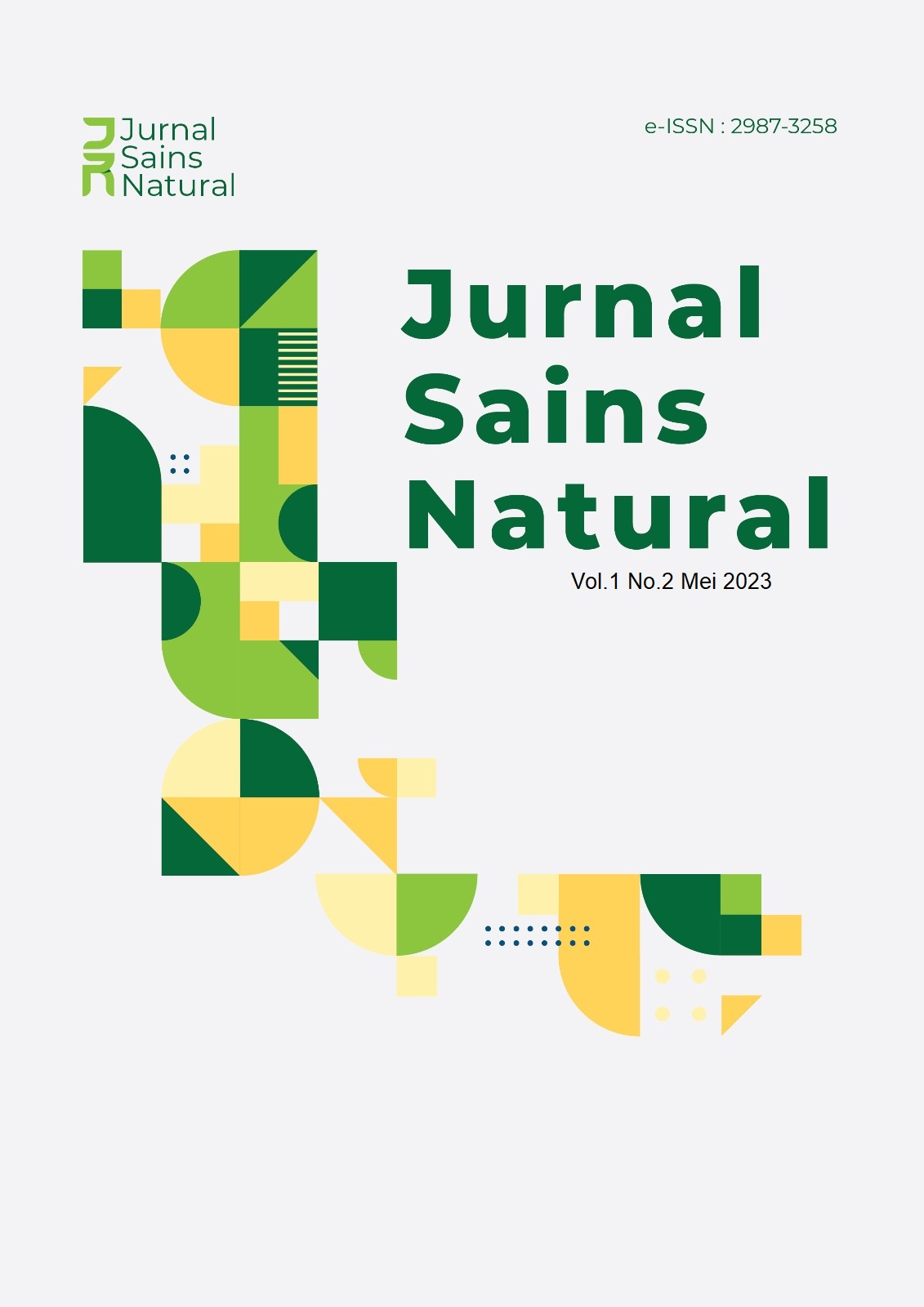Pengaruh Pemberian Suspensi Bacillus laterosporus dengan Sumber Karbon Alami Berbeda terhadap Laju Germinasi Kedelai (Glycine max)
DOI:
https://doi.org/10.35746/jsn.v1i2.312Keywords:
Bacillus laterosporus, Sumber karbon alami, Laju germinasiAbstract
The increase in food demand is not in line with the increase in the amount of production and quality of agricultural products. The strategy to increase agricultural production so far has been carried out through the provision of chemical synthetic fertilizers, this strategy has a negative impact on the quality of agricultural land, namely a decrease in the essential organic elements of the soil which are needed by plants. Organic farming is a necessary solution to restore land quality and Bacillus laterosporus is a microorganism that has the ability to produce various beneficial metabolites for plant growth and maintain soil fertility. B. laterosporus is a microorganism that requires a high-quality carbon source to produce high-quality metabolites, so it requires natural carbon sources that are cheap, easy to obtain and not widely used by humans, such as old coconut water, nira and molasses. The aim of the study was to determine the difference in the germination rate of soybeans treated with B. laterosporus suspension with different natural carbon sources so that the best natural carbon source for the growth of B. laterosporus could be identified as an essential component of quality organic fertilizer. Soybean germination rate was measured and observed and compared with the control. The results showed that the provision of natural carbon sources had a good effect on the growth of the number of bacterial cells and the germination rate of soybean seeds.



